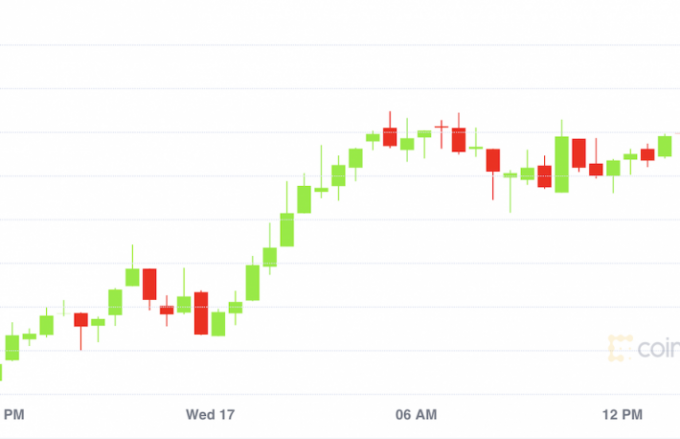The cryptocurrency slipped from $39,800 to $38,500 after 08:00 UTC, the designated settlement time on Deribit. A total of 41,000 contracts expired, of which 22,000 were calls options, and the rest were put options, according to Deribit data.
While the exact nature of the expiry-related flows is not known yet, prices frequently become more volatile after expiry.
Option expiries have gained prominence this year, with the cryptocurrency gravitating toward the so-called max pain point in the lead-up to settlement, and seeing notable directional activity post-expiry. That point is the strike price at which the most open options contracts expire worthlessly. Sellers, typically institutions, try to push prices closer to the max pain point to minimize their losses.
“There is always additional activity before and just after the expiry, especially for relatively larger ones like the July expiry,” Luuk Strijers, chief commercial officer at Deribit, told CoinDesk.
During the bull run, bitcoin (BTC, -2.65%) consistently saw pullbacks toward the max pain point ahead of expiry and resumed gains following settlement, as seen below.
“When BTC was bullish, we’d see a sell-off & volatility increase during expiry week, then pump at expiry,” an options and algo trader who goes as Altcoin Psycho tweeted Thursday. “This time, it’s been the opposite. If price dumps after expiry, that may be a sign that we go lower.”
The overall market mood has been bearish since the beginning of the month, and prices dipped below the critical support of $30,000 on July 20. The cryptocurrency bounced well above the July expiry max pain point of $35,000 earlier this week, and is again facing downward pressure after the expiry.
Data shared by analytics firm Laevitas via Discord shows there has been notable call-option selling at higher strikes after 08:00 UTC.
Investors typically sell calls, which offer insurance against bullish moves, when the underlying asset is expected to drop or consolidate.
A call option gives the purchaser the right but not the obligation to buy the underlying asset at a predetermined price on or before a specific date. A put option gives the right to sell.
Bullish flows may return if the cryptocurrency establishes a foothold above the 100-day moving average (SMA) of $40,000. The average has been capping gains since Wednesday.
Also read: Blockchain Data Shows Bitcoin’s Current Price Floor at $37.3K





